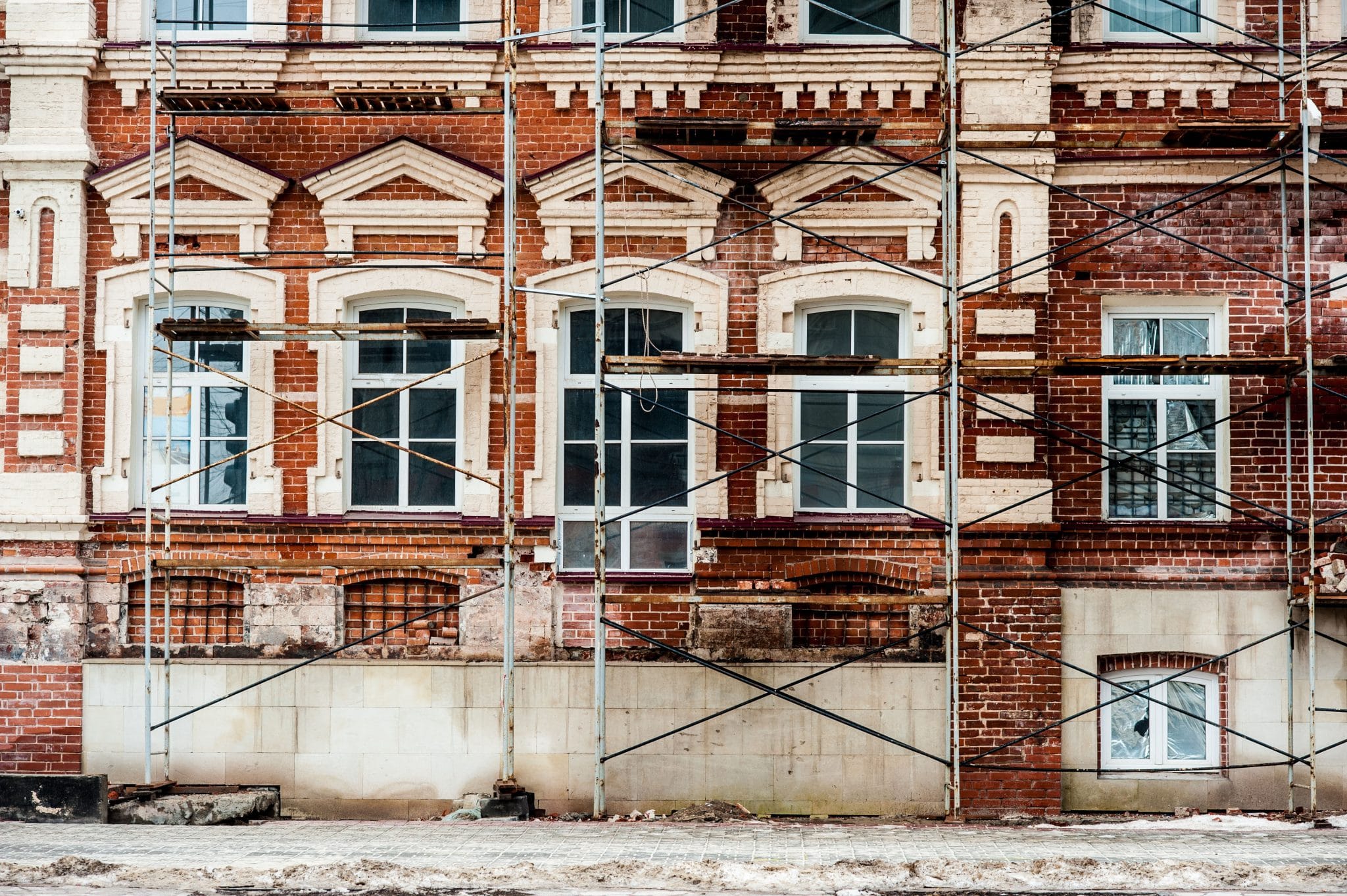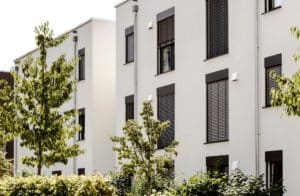There are so many reasons to improve the energy efficiency of a building. Aside from the drop in fuel consumption and costs and increase in comfort, it takes us a step closer to a more sustainable environment. Historic buildings shouldn’t be exempt from that.
It’s a well known fact that historic buildings are far from the most energy efficient. But what it takes to improve their carbon and energy performance is anything but straightforward.
It’s about finding the middle line between benefit and harm, keeping the building’s heritage values alive while reducing its environmental impact.
Many historic buildings will need to enlist these changes to comply with legal requirements. Others will do it to minimise their costs and invest them back into their ongoing restoration. Some will just want to improve the comfort and experience for visitors.
Whatever the reason, there are a few things you need to keep in mind.
Energy efficiency solutions need to be well-considered and slot in seamlessly to the nature of the historic building.
When making your decision on how to maximise the energy efficiency of a heritage site or historic building, it’s crucial to consider:
- Will it harm or taint the significance and history of the site?
- Is it cost efficient? Is it sustainable?
- Will it provide a healthy environment for visitors and occupants?
- Can you guarantee minimal risk of unintended consequences?
Due to the magnitude of these buildings, you can see this isn’t something you can (or should!) rush into.
Factors that could impact these questions include:
- Where is the building located? What impact does its weather exposure have on?
- What fabrics make up the building? Will the construction materials influence the solution?
- How is energy currently consumed?
- How many people regularly visit the building and what level of comfort would they expect?
…I told you it was anything but straightforward.
Be aware of your risk factors.
If Architects, Project Managers, Surveyors and Energy Consultants (like ourselves!) don’t take these points into account when weighing up options, the results could be both costly and damaging.
It stands to reason that historic buildings should be treated with more sensitivity; they’ve lasted this long, it would be a real faux pas if our bid to make them more ecological brought them down all together.
This is why we always recommend seeking technical advice before signing on the dotted line. There is no “one size fits all” answer when it comes to treating older buildings… but that doesn’t mean we shouldn’t try.
Start at the beginning before you get too complicated.
There are some general rules to follow that – once all points have been examined – can be applied to older buildings
1.Check your glazing
Older windows become draughty and allow air leakage. Be sure that your glazing is as powerful as possible.
2. Waste not, want not
A huge deal of equipment in buildings is left on unnecessarily, zapping up energy usage. Implement controlled energy use systems to keep this at a minimum.
3. Let the building breathe
Older buildings have been constructed so that water can pass through the structure. You therefore need to make sure it can breathe. This is a key consideration when choosing your insulation; it will stop structural decay and a drop in air quality.
5. Go green
Switch to energy sources with lower emissions and / or renewable energy. This could be solar, wind or water power or simply lower-carbon supplies.
4. Consult the wheel!
The Sustainable Traditional Buildings Alliance wheel lays out over 50 measures for retrofitting or refurbishing traditional, heritage buildings. It delivers the pros and cons, helping guide your ideas and spark inspiration.
Above all – don’t overcomplicate things! Keep it simple and do it well; a motto we live our lives by here at Buildpass!




















